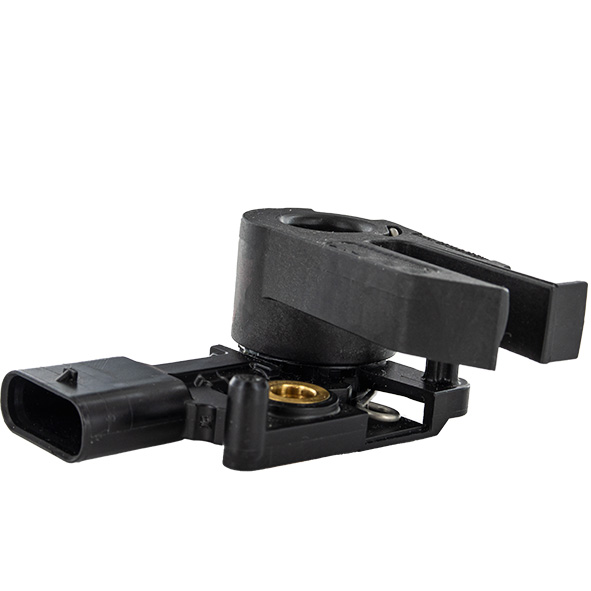INDUCTIVE TECHNOLOGY
The Electric Motor POsition Sensor (EMPOS) comprises an electrical circuit on which the primary and secondary windings are screen printed and connected to the ASIC; i.e., the so-called “proprietary” electronic chip. The whole unit is then packaged in a waterproof case whose durability is adapted to the engine environment.
The inductive technology used has already been proven in production on several “electrified” vehicles; it is designed to work equally well in hybrid and 100% electric applications. In addition, the EMPOS has been designed without a magnet – reducing weight and size compared to a resolver – and offering flexible and adaptable integration at the end and around the rotor.











